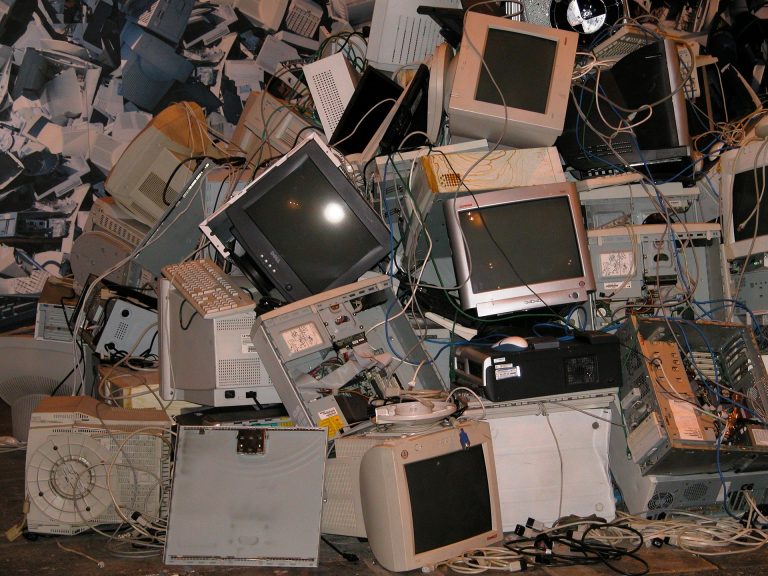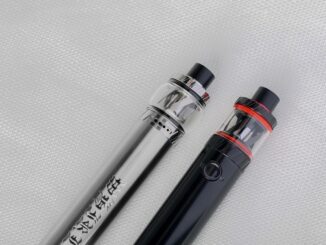
As technology continues to advance, creating new products and new needs, we find ourselves with disposable appliances that last less. Actually, they are made to last less. In this regard, a German study showed that 60% of the televisions replaced by German consumers are still fully functional.
Meanwhile, the average life of a TV in the last decade has increased from 9 to 5.6 years.
The same goes for computers, which lose 10% of their longevity every seven years. And for washing machines, vacuum cleaners, dishwashers.
Or for smartphones, as each new model has a shorter existential cycle than the previous one. Electronic devices, in short, are sophisticate and attractive in performance – but they have a shorter life.
Planned Obsolescence for Disposable Appliances
Experts call this phenomenon planned obsolescence.
It is a lever to push up the purchase curve, far beyond our needs. Just think that in France, between 1990 and 2008, purchases of electronic equipment increased sixfold. At the same time, the cost of repairs has fallen by 40%, and 44% of French household appliances end up in landfills.
Less maintenance, more consumption: this is the equation of disposable civilization. To tackle this problem, France itself has passed a very strict law against planned obsolescence. If it is shown that a device is designed to “intentionally” shorten its life, those responsible are fined up to 350,000 dollars and sentenced to up to 2 years in prison.
How Did We Get To Planned Obsolescence
However, it is certainly not a law that will dismantle a mechanism that has guided a model of economic growth for decades. In the United States, the case of light bulbs caused a stir. Until the 1929 crisis, they lasted an average of 2,500 hours. Then it was time to relaunch the economy, which in America means first and foremost mass consumption. As a result, the large manufacturers agreed to shorten the life of the bulbs and bring it to no more than 1,000 hours.
The obsolescence served, yesterday as today, not to lower the demand for purchases. Now, however, the question is whether reducing the life of household appliances is still the most efficient solution for the market, for manufacturers and for consumers. The answer is no. First of all, consumers themselves are increasingly inclined to repair their appliances rather than replace them.
Moreover, the “disposable culture” generates less work and less innovation. On the other hand, the circular economy, where objects have a longer and sometimes even double life, can create new opportunities.




